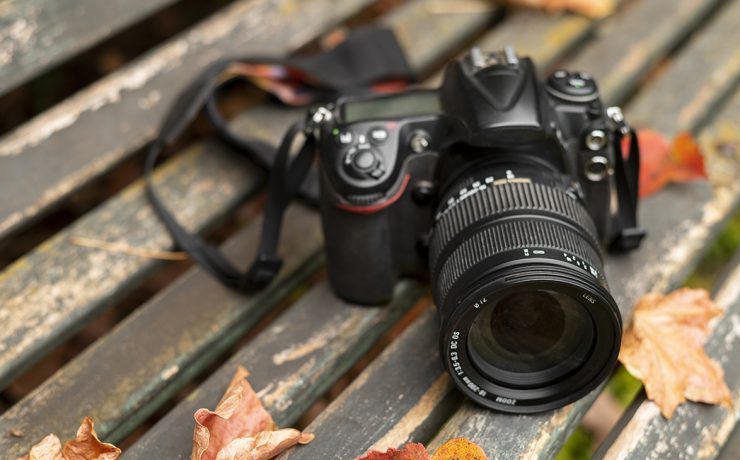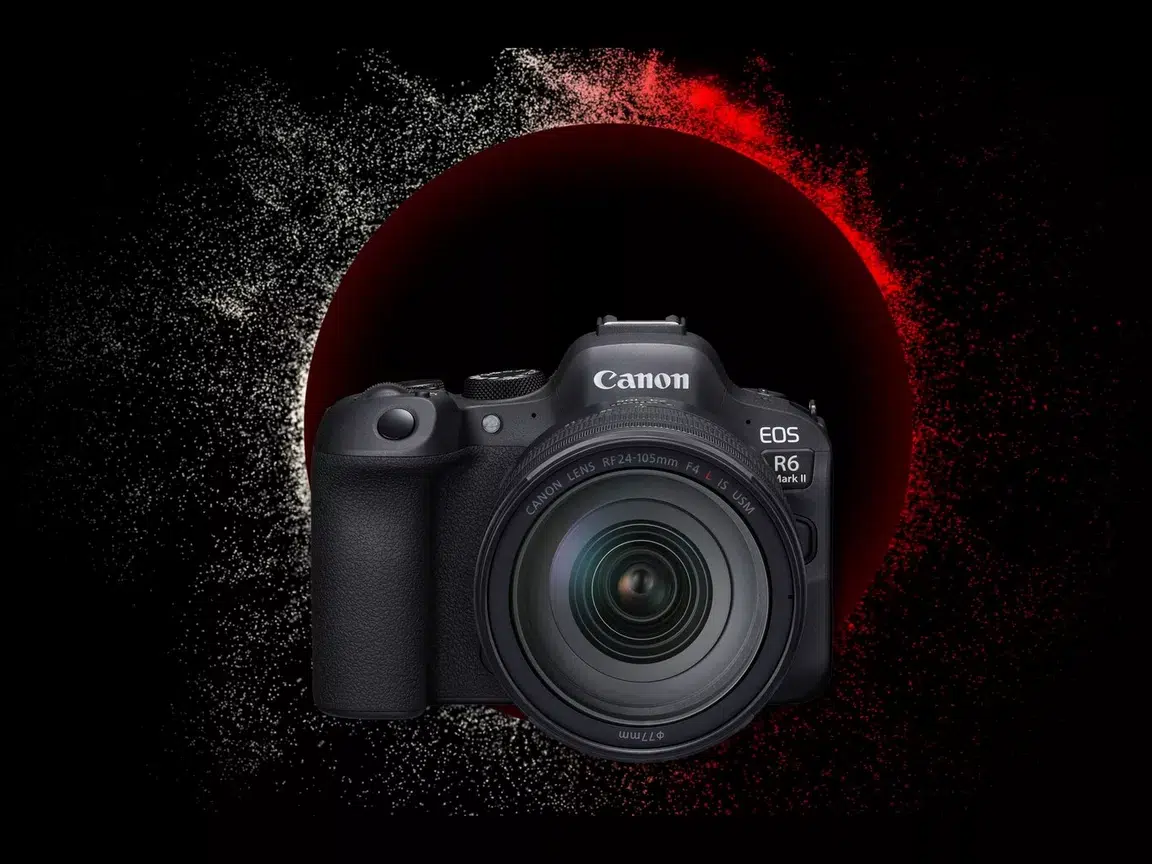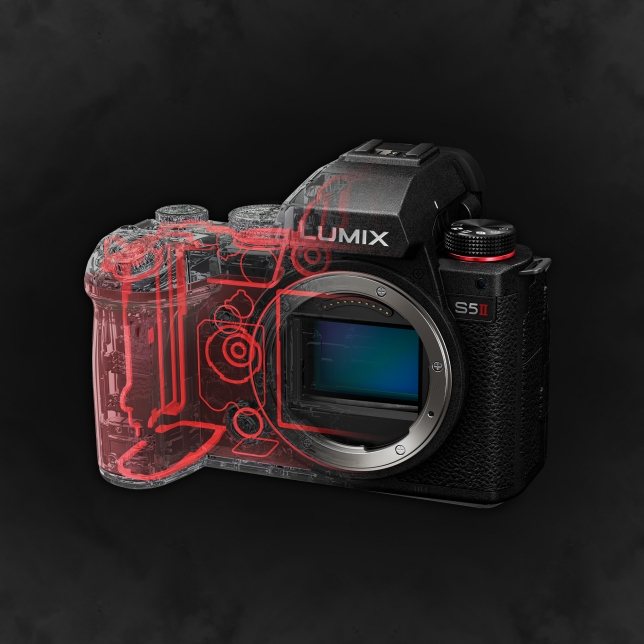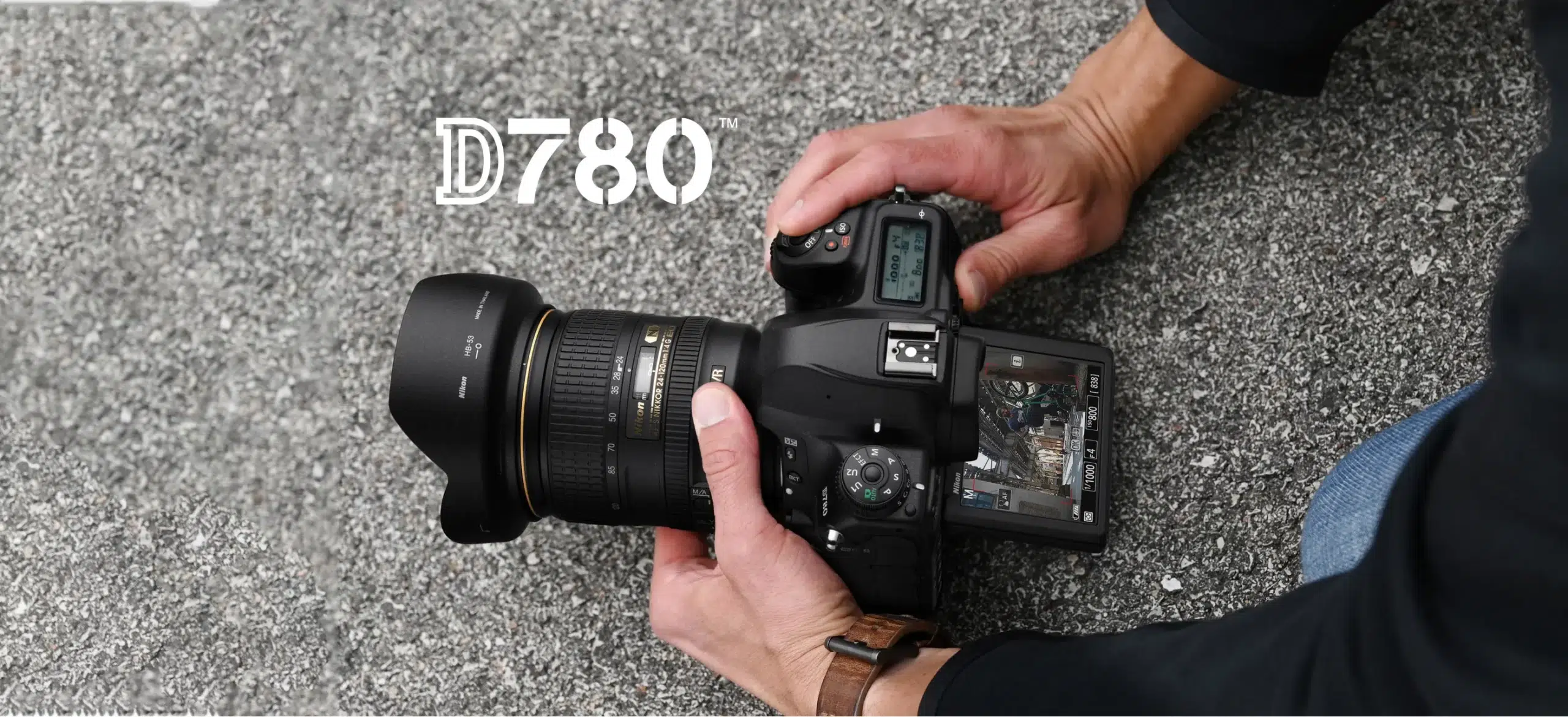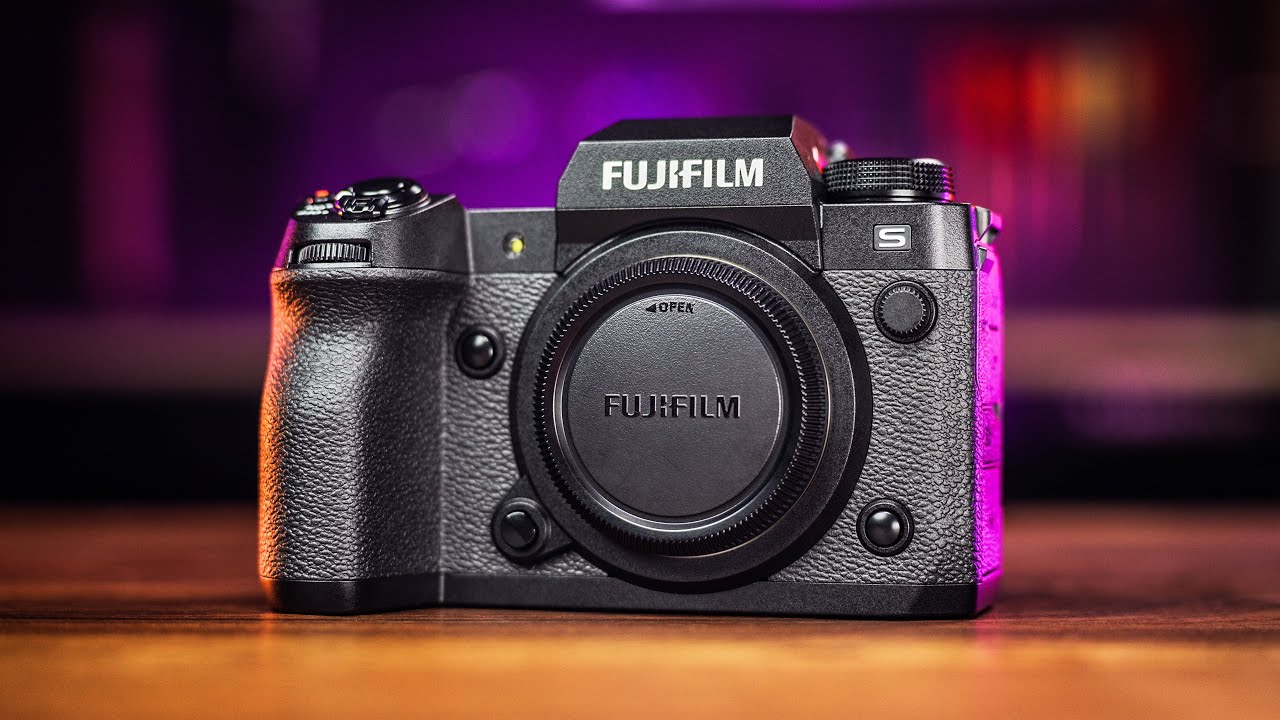Top 5 Cameras of 2024 So Far: The Best Picks for 2024 | Our Expert Review & Recommendations
Zooming Into 2024: A Close Look at the Top Camera Models for Photography and Videography
As we meander into the golden hues of autumn in Australia, the photography and videography scenes are getting a major tech glow-up. There’s something magical about autumn—the gentle, diffused light and the rich tapestry of colors make it an absolute dream for photographers. It’s like nature is throwing its own golden hour party, and everyone’s invited.
With this vibrant backdrop, a fresh lineup of top-notch cameras is hitting the scene, perfect for everyone from eager hobbyists to seasoned pros. Getting to know these new gadgets can seriously up your creative game. So, in this blog post, we’re diving deep into the crème de la crème of this year’s cameras, from beastly DSLRs to nifty mirrorless wonders.
We’ve cherry-picked gems like the mighty Canon EOS R6 Mark II and the sleek Panasonic LUMIX S5 II, each packed with features to make both photo buffs and video vets swoon. Ready to find out which camera might just become your new best friend this fall? Let’s kick off this journey and unwrap these goodies one by one.
Here’s a summary of our top picks for 2024 so far, perfect for various photography and videography needs:
1. Canon EOS R6 Mark II: A favorite among enthusiasts for its robust build, excellent ergonomics, and versatility in both photo and video applications. It features a full-frame sensor and advanced autofocus system.
2. Panasonic LUMIX S5 II: Noted for offering good value in video performance, it’s ideal for non-professional filmmakers seeking quality at a lower cost.
3. Canon EOS 90D: This model is great for those who want to save without sacrificing features. It has a high-resolution APS-C sensor and an impressive autofocus system, making it ideal for detailed photography.
4. Nikon D780: While more expensive, it excels in noise control and dynamic range, aimed at those who also need good video capabilities alongside stellar photography performance.
5. Fujifilm X-H2S: A top pick for 4k video, offering uncropped recording at 60 fps, making it powerful for videography.
Before diving into the detailed reviews of each camera, let’s pause and consider what makes these models stand out in the crowded market of photography equipment. Each camera has been selected not only for its cutting-edge technology but also for its ability to meet diverse artistic demands. Whether you are capturing fast-moving sports, serene landscapes, or dynamic urban scenes, these cameras offer a range of functions designed to enhance your shooting experience. They are equipped with features like high-resolution sensors, advanced autofocus systems, and robust video capabilities, ensuring that you capture your vision with precision and creativity. As we explore each model, keep in mind your specific needs and how these cameras could enhance your photographic endeavors in 2024.
Canon EOS R6 Mark II Review (2024)
Overview:
The Canon EOS R6 Mark II is a full-frame mirrorless camera known for its robust construction and excellent ergonomics. It has received praise for its speed and versatility, especially in photo and video applications.
Pros:
Enhanced Sensor: Boasts a new 24.2 MP sensor, offering improved image quality and higher resolution compared to its predecessor.
High-Speed Shooting: Capable of high-speed continuous shooting at up to 40 fps, perfect for capturing fast-action scenes.
Advanced Autofocus: Features a sophisticated autofocus system that excels in both speed and accuracy, supporting 4K video recording at 60 fps.
Video Capabilities: Allows for 4K recording and can output 6K raw video externally, catering well to serious videographers.
User Interface: Equipped with a vari-angle touch-sensitive LCD screen, enhancing usability for vlogging and dynamic shooting angles.
Durability: The camera’s body is weather-sealed, providing reliable performance under various environmental conditions.
Cons:
Memory Card Compatibility: Only supports dual SD UHS-II card slots, lacking CFExpress support, which might limit some professional uses.
Lens Compatibility: While it has a growing selection of RF lenses, the range is still more limited compared to other systems. However, EF/EF-S lenses can be adapted for more versatility.
Best For:
The Canon EOS R6 Mark II is ideal for both advanced photographers and videographers who require a reliable camera for fast-paced shooting and high-quality video production. It is particularly useful for sports, wildlife, and event photography due to its rapid shooting capabilities and robust build.
This camera blends the traditional DSLR feel with modern mirrorless technology, making it a versatile choice for those transitioning from older camera models or looking for a device that can handle a variety of shooting scenarios.
Panasonic Lumix S5 II Review (2024)
Overview:
The Panasonic Lumix S5 II is a full-frame mirrorless camera that’s been highly praised for its video capabilities and overall performance as a hybrid stills/video camera. It’s equipped with a new 24.2-megapixel sensor and features phase detection autofocus, which is a step up from its predecessor.
Pros:
Improved Autofocus: The hybrid autofocus system combines phase and contrast detection, offering fast and reliable tracking of human and animal subjects. However, it lacks some advanced tracking capabilities like cars and birds.
Video Capabilities: Exceptional video features including 5.9K at 30 fps and 4K at up to 60 fps (with a crop). The camera supports 10-bit recording and has options for anamorphic and open gate recording, making it very versatile for filmmakers.
In-Body Image Stabilization: The active I.S. mode helps produce steady footage, almost akin to gimbal-level stability, which is great for handheld shooting.
Build and Handling: The camera is dust and splash-resistant, and features a free-angle touchscreen LCD and OLED LVF, enhancing user interaction and durability for outdoor use.
Dual SD Card Slots: Both slots support UHS-II speeds, which is an upgrade that offers flexibility in file management during shoots.
Cons:
Battery Life: While it uses the same battery as the original S5, the S5 II provides slightly fewer shots per charge, which may require carrying extra batteries for long shoots.
Interface Complexity: The user interface can be challenging for newcomers to navigate due to its complexity and depth in menu layers.
Best For:
The Panasonic Lumix S5 II is particularly suitable for videographers looking for a powerful camera with high-quality video features at a relatively affordable price. It’s also great for vloggers and content creators who benefit from its robust video recording options and reliable autofocus. This camera offers a good balance for those who shoot both video and stills but with a slight emphasis on video performance.
The Panasonic Lumix S5 II strikes a strong balance as a hybrid camera, offering significant improvements over its predecessor and standing out in its class for video capabilities while still providing solid stills performance.
Canon EOS 90D Review (2024)
Overview:
The Canon EOS 90D is a robust mid-range DSLR that offers significant upgrades over its predecessors like the EOS 80D. It combines a high-resolution sensor with versatile shooting capabilities, making it particularly appealing for both still photography and video recording.
Pros:
High-Resolution Sensor: The EOS 90D features a 32.5MP APS-C sensor, providing high resolution that enhances image detail and cropping flexibility.
Improved Autofocus: It includes an advanced autofocus system that performs well in live view, thanks to Canon’s Dual Pixel AF technology.
Video Capabilities: The camera supports uncropped 4K video recording, which is a notable improvement over many earlier models that either did not support 4K or introduced a crop factor.
Burst Shooting: Fast burst shooting capabilities at up to 10 fps make it ideal for action and sports photography.
Build Quality: The camera has a solid, weather-sealed construction that makes it suitable for various environmental conditions.
Cons:
Viewfinder Autofocus: While its live view autofocus is excellent, the viewfinder AF doesn’t match the performance of some of Canon’s higher-end models and may lag behind some newer mirrorless cameras in speed and accuracy.
Weight and Size: As a DSLR, the 90D is bulkier and heavier compared to many mirrorless cameras, which might be a consideration for those seeking a more compact system.
Best For:
The Canon EOS 90D is well-suited for wildlife and sports photographers who benefit from its fast autofocus and high-resolution imaging capabilities. It’s also a great option for enthusiasts who prefer the optical viewfinder and handling of a DSLR or those upgrading from older Canon models.
Overall, the Canon EOS 90D represents a strong choice within the mid-range DSLR market, balancing features, performance, and price to cater to a broad audience of photographers.
Nikon D780 Review (2024)
Overview:
The Nikon D780 is a full-frame DSLR that serves as an update to the popular D750. It integrates some of the best features from Nikon’s mirrorless technology into a DSLR format, offering enhanced capabilities, especially in autofocus and video performance.
Pros:
Image Quality: The D780 delivers best-in-class image quality for a 24 megapixel sensor, with excellent dynamic range and noise control, particularly at high ISO settings. It performs similarly to the Nikon Z6 in terms of image output.
Autofocus: The camera features a hybrid autofocus system that is fast and reliable, both through the viewfinder and in live view, thanks to an improved algorithm borrowed from the Nikon D5. This makes it particularly effective for tracking moving subjects.
Video Capabilities: It offers uncropped 4K video that is oversampled, providing sharp and detailed footage, comparable to the Nikon Z6.
Build Quality and Handling: The D780 has a comfortable grip, robust build quality, and a control layout that is easy to use, making it a solid choice for extensive shooting sessions.
Battery Life: Excellent battery performance typical of DSLRs, offering a longer shooting duration compared to many mirrorless cameras.
Cons:
Focus Point Coverage: The autofocus points do not cover a very large area of the viewfinder, which can be a limitation for some types of photography.
Price: Initially, the D780’s price point is considered high compared to other models like Nikon’s own Z6, which offers similar features in a mirrorless design.
Physical Size: As a DSLR, it is larger and heavier than its mirrorless counterparts, which might not appeal to those seeking compactness.
Screen Flexibility: Unlike some competitors, the D780’s screen is not fully articulating, which could be a drawback for video creators or those taking shots from tricky angles.
Best For:
The Nikon D780 is ideal for photographers who prefer the DSLR experience but want to incorporate the benefits of mirrorless technology, especially in autofocus and video performance. It’s suitable for wildlife and sports photography, thanks to its robust autofocus system, and for videographers looking for high-quality 4K recording.
Overall, the Nikon D780 represents a fusion of DSLR and mirrorless technologies, offering a refined shooting experience that appeals to both traditional photographers and those needing advanced video capabilities. It maintains the ergonomic benefits of a DSLR while incorporating significant technological improvements from Nikon’s mirrorless line.
Fujifilm X-H2S Review (2024)
Overview:
The Fujifilm X-H2S is a highly capable APS-C mirrorless camera that stands out in Fujifilm’s lineup for its speed and hybrid capabilities in both stills and video recording. It is built around a 26-megapixel stacked CMOS sensor, which significantly enhances its performance, particularly for video and continuous shooting.
Pros:
High-Speed Performance: The X-H2S can shoot at an impressive 40 fps using its electronic shutter, making it ideal for capturing fast action.
Video Capabilities: It supports up to 6.2K 30p video recording, along with supersampled 4K up to 60 fps, and even ultra-slow motion 120 fps in 4K, making it versatile for various video applications. It also offers robust codec support including ProRes, enhancing its appeal for serious videographers.
Autofocus: Features a hybrid autofocus system with up to 425 phase and contrast detection points and includes subject-based computational AI that can recognize and track a variety of subjects such as animals, vehicles, and more, ensuring high accuracy in focus.
Image Stabilization: Offers up to 7 stops of shake correction thanks to its in-body image stabilization (IBIS), which is the best in Fujifilm’s current lineup.
Build and Handling: The camera has a silent shooting option and a fast top shutter speed of 1/32,000 second, allowing for shooting in bright conditions or discreet settings without the need for ND filters.
Cons:
High ISO Performance: While generally good, the high ISO performance can show limitations in extremely low light or when heavily pushing exposure in post-processing, especially compared to some full-frame competitors.
Complexity for New Users: The wealth of features and customizable settings might overwhelm new users or those not familiar with Fujifilm’s system.
Best For:
The Fujifilm X-H2S is best suited for photographers and videographers who need a fast, versatile camera capable of handling a wide range of shooting scenarios, from sports and wildlife to complex video shoots. Its capabilities make it a strong contender against not only other APS-C cameras but also many full-frame models, especially for those who value the portability and lens options of the APS-C format.
In summary, the Fujifilm X-H2S pushes the boundaries of what an APS-C camera can do, particularly in terms of speed and video performance, making it a standout choice for those looking to maximize their creative potential without moving to a full-frame system.
As we wrap up our exploration of the standout camera models for 2024, it’s clear that whether you’re a seasoned professional or a passionate enthusiast, the options available today are more powerful and user-friendly than ever before. Each model we’ve discussed offers unique features and capabilities that cater to a wide range of photography and videography needs, ensuring that every artist can find a tool that complements their creative vision. Remember, the best camera is not just about the latest specs—it’s about finding the right fit for your personal style and the types of projects you pursue. We encourage you to consider what features matter most to you and choose a camera that will not only meet your demands but also inspire new avenues of creativity.
If you have any questions or need further assistance in choosing the perfect camera for your needs, don’t hesitate to contact us at PhotoCo Camera House. We are happy to help you navigate the wide range of options and find the equipment that best suits your photography or videography projects. Just click on the link to send us a message or call (08) 8231 5632.
Happy shooting!


